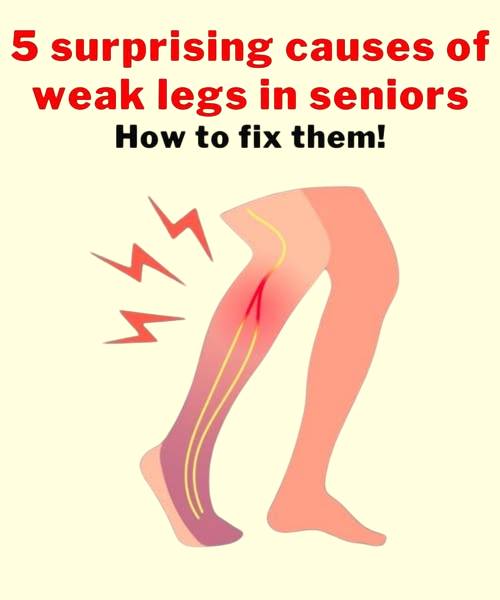4. Back Problems
Lower back issues, such as spinal stenosis, herniated discs, or sciatica, can affect the nerves that run to your legs, causing weakness, pain, or numbness. These conditions often make movement uncomfortable, leading to decreased activity and further weakening of the legs.
How to Fix It:
- Consult a healthcare provider for specialized advice if you experience persistent numbness, tingling, or weakness.
- Perform gentle stretches and exercises recommended by a physical therapist to alleviate pressure on the spine and strengthen supporting muscles.
- Use proper posture and ergonomic tools to minimize strain on your back during daily activities.
5. Lack of Motivation
Mental and emotional changes can also play a role in leg weakness. Retirement, depression, or the loss of a loved one can leave seniors without the motivation to stay active. A change in routine after leaving work might result in less movement, which contributes to muscle decline.
How to Fix It:
- Build a support system by exercising with a friend, joining a senior fitness group, or leaning on family for encouragement.
- Find activities you enjoy, such as dancing, gardening, or tai chi, to make staying active fun and engaging.
- Seek professional help if feelings of sadness or isolation persist—they could be signs of depression that require attention.
Key Reminders
Maintaining strong legs doesn’t require drastic measures—it’s all about consistency and finding what works best for you. Here are a few simple home exercises to get started:
Simple Home Exercises
- Chair Stands:
- Practice rising from a chair and sitting back down slowly to build practical leg strength. If it’s difficult, use a higher chair or place a cushion on the seat, and aim to eventually do it without using your hands.
- Lunges:
- Lunges work each leg individually and challenge your balance. Take a forward step, lower your back knee gently, and push off to stand up again. Hold onto a surface if needed for stability.
- Walking:
- Walking is simple yet powerful. Start on level ground, using a cane or walker if you need stability. Gradually increase distance and pace over time.
- Heel Raises:
- Stand near a wall or sturdy surface for support. Slowly lift your heels off the ground, hold for a few seconds, then lower them back down. Repeat 10–15 times to strengthen calves.
Weak legs are a common concern among seniors, but they don’t have to define your golden years. By understanding the underlying causes—such as muscle loss, reduced activity, chronic health conditions, back problems, and lack of motivation—you can take proactive steps to regain strength and confidence. Remember, staying active, eating well, and seeking professional guidance when needed are key to keeping your legs strong and dependable. With determination and support, you can continue living life to the fullest—one step at a time!

